On an autumn afternoon in Hanoi, VietNamNet reporters visited a small house in a deep alley in Trung Hoa Ward (Cau Giay District), where veteran Nguyen Van Thien (77 years old) lives. Mr. Thien used to be a member of Company 2, Air Defense Battalion 56, Artillery Regiment 69 (Bien Hoa Artillery Group). Several days have passed, but Mr. Thien was still overwhelmed with emotion when on September 11, in the presence of National Assembly Chairman Vuong Dinh Hue and US President Joe Biden , he received a war relic from the US veterans, which was a diary he wrote when he was 17 years old while fighting in the fierce southern battlefield.

Around 1965, in his hometown of Tien Hai (Thai Binh), there were many students and young people who "put down their pens and took up arms, learning from the ancients to save the country". Mr. Nguyen Van Thien was only 17 years old at that time, the only son in a family of 3 children, his father was a martyr (died in the resistance war against France) so he enjoyed the policy of not having to go to the battlefield. However, the spirit of a young man eager to go to the battlefield in Mr. Thien was always overflowing and unceasing. He shared that at that time, he was "very enthusiastic", seeing his brothers and friends volunteering to go, so he also wrote an application to volunteer to join the army, after 3 times of writing the application, the local authorities accepted it. "If you want to join the army, you have to go to the battlefield", Mr. Thien confidently said. On April 15, 1965, Mr. Thien officially left for the army. In addition to simple clothes, he was also given a handkerchief, a notebook and a pen by his friends, these were the 3 most valuable items he considered at that time. The young man from the plains first went through training and several months of walking from the North to the Central and South. When he set foot in the jungle, the young soldier was bewildered. On one side was a narrow path with dense trees blocking the sunlight, and on the other side was a deep cliff. In the wet rainy season, mosquitoes and leeches swarmed everywhere. Difficulties and hardships lay ahead...
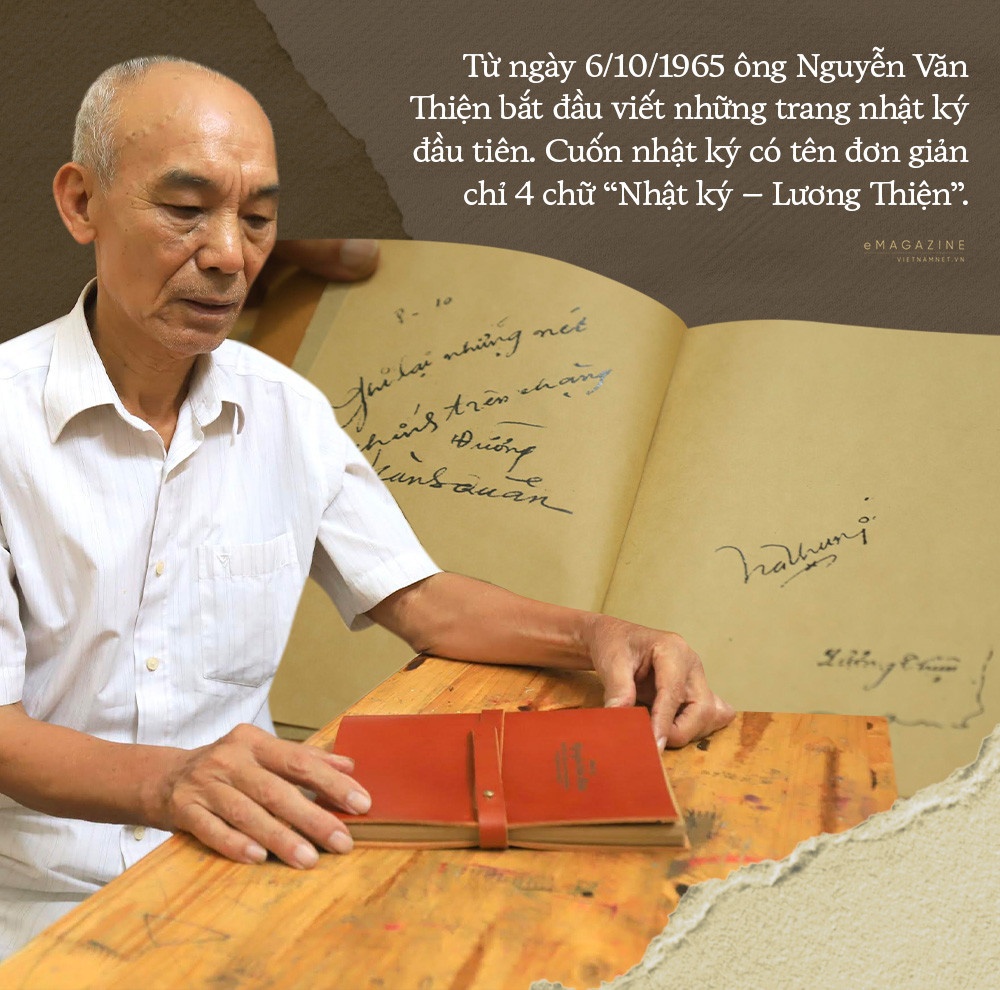
From October 6, 1965, Mr. Thien began writing the first pages of his diary. “At that time, I thought that once I went to war, I would never know when I would return and it would definitely be difficult and fierce. Later, if I was lucky enough to return home alive, I would have some documents to look back on and also let my children and grandchildren know how fierce the war was, so at the beginning of my diary I wrote 'Recording the main features of the march'", Mr. Thien recalled. The name of the diary was also simple, just 4 words "Nhat ky - Luong Thien" (after his name), because he was afraid of revealing information to the enemy, he only wrote short lines without mentioning specific locations or events. The diary consisted of 145 pages, including some blank pages, recording Mr. Thien's feelings about his journey to the South through the provinces: Hoa Binh, Ha Dong, Thanh Hoa, Nghe An, Ha Tinh, Quang Tri, Laos and Kon Tum province where he made his last notes. In 1967, while marching to Tay Ninh, during a raid in Suoi Day commune (Tan Chau district) which the US called the Junction City campaign, Mr. Thien lost his diary. The diary was picked up by American soldiers and brought back to the country. Mr. Thien emotionally told about the platoon leader from the same hometown, who joined the army and went through life and death together. "That brother loved me, accepted me as a sworn brother, and always helped me. During a mission in Kon Tum to get food, he unfortunately got malignant malaria and passed away, I didn't have time to see his face for the last time," Mr. Thien said emotionally. Feeling overwhelmed with emotions like losing a close relative, Mr. Thien at that time forgot all the principles when writing his diary. "So I wrote on a page with the content 'February 19, or January 24 of the lunar calendar - the most painful day because a brother, a comrade of mine sacrificed himself on the way to work. Mr. Nguyen Van Xuan - Dong Quach village, Nam Ha commune, Tien Hai district, Thai Binh province'", Mr. Thien shared.
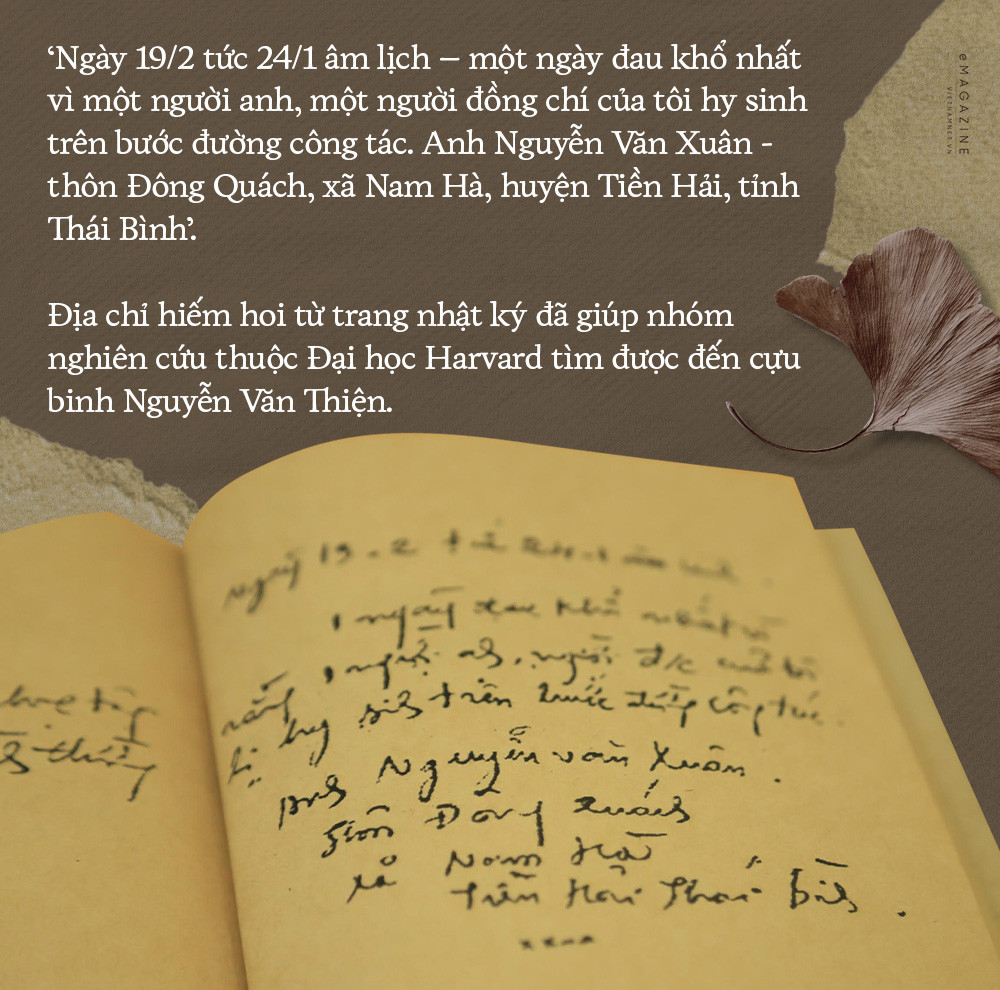
Before his death, Platoon Leader Nguyen Van Xuan asked his teammates to bring back three items to Mr. Thien, including a dagger, a lighter, and a watch. “Knowing that he could not survive the severe malaria, Mr. Xuan entrusted me to bring this watch back to his wife. Luckily, I was able to fulfill his wish,” said Mr. Thien. Veteran Nguyen Van Thien mentioned this detail because in his diary there was no information or address to confirm the identity of the author. Later, valuable information about the hometown of the “platoon leader” helped a research team from Harvard University find Mr. Thien. The research team at the Ash Center, Harvard University, found a diary without information about the author or unit of a soldier of the Vietnamese Army in the Battlefield Documents archived at the Combined Document Exploitation Center (CDEC) of the US Military Assistance Command in Vietnam. The diary was seized on March 25, 1967 by the 3rd Brigade, 4th Infantry Division of the US Army at a location with military coordinates XT349761 (in Suoi Day commune, Tan Chau district, Tay Ninh province).

To find the owner of the diary, the research team went to the hometown of martyr Nguyen Van Xuan, met the martyr's daughter and was directed to veteran Nguyen Van Thien. The research team also went to the Veterans Association of Tien Hai town (Thai Binh province) for further verification. Documents seized on the battlefield, like this diary, are often handwritten, no longer intact or have been stained and damaged by harsh weather and the blood and fire of war. Especially after more than half a century, each document has been passed down through many hands. In addition to the technical challenges of restoring the information, the diaries written on the battlefield also use many dialects across the three regions of North, Central and South Vietnam, which also creates barriers for the expert team. The experts must use applied linguistics, military history and interview data to find out exactly who the real owner of the diary is. Mr. Thien said that more than a year ago, he received many strange calls with foreign numbers but did not answer. It was not until the leader of the Tien Hai Town Veterans Association told him about a research group that was verifying the diary that he accepted the call. After a period of discussion, the research group gradually determined that Mr. Thien was the author of the diary. Mr. Thien said that a professor in the research group cited the information in the diary to include in his lecture. This professor went to Vietnam and met Mr. Thien in person last February. "The professor told me that he read the entire diary without missing a word, because although the sentences expressed hardship, fierceness, danger, and hardship to an unimaginable extent, there was not a single moment or word that expressed pessimism," Mr. Thien said.
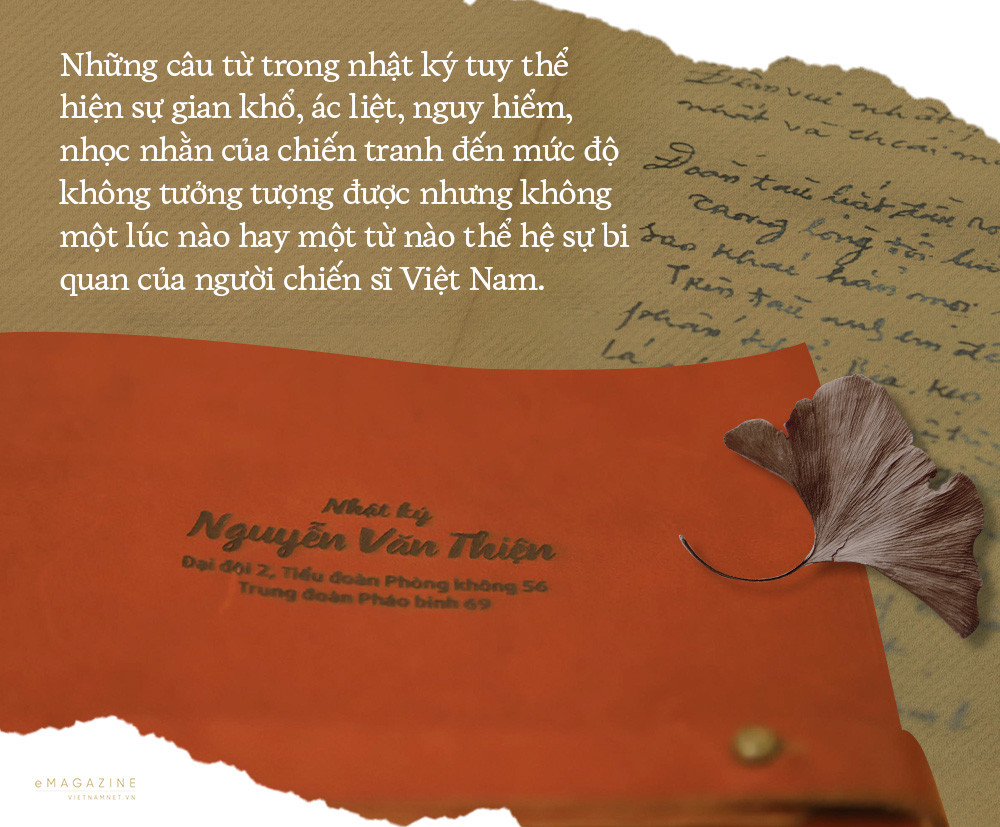
One day in September, Mr. Thien received a call from the research team telling him not to go far in Hanoi on September 10-11 because there was an important event related to him. On the evening of September 10, a representative of the Vietnamese Ministry of Foreign Affairs called to meet him to discuss business. The next morning (September 11), a Foreign Ministry official came to Mr. Thien's house to pick him up. "At that time, I still didn't know what to do. The official just said he was inviting me to the National Assembly," Mr. Thien shared. Early in the afternoon of the same day, Mr. Thien put on his military uniform, with medals on both sides of his chest, and returned to the National Assembly. There, he met Senior Lieutenant General Hoang Xuan Chien, Deputy Minister of National Defense, Senior Lieutenant General Be Xuan Truong, President of the Vietnam Veterans Association, and two American veterans, Mr. Matt Keenan and Mr. Chuck Searcy, President of Branch 160 of the Veterans for Peace Organization (USA). “About 2 hours before the meeting, the Foreign Ministry official revealed to me that I would receive a souvenir, a copy of the diary, in front of the President of the National Assembly and the President of the United States. I was really surprised, honored, proud and quite nervous when I heard this news,” Mr. Thien recalled. The meeting was full of emotion when Mr. Thien went up to receive the diary and presented the symbols to the two American veterans. “We gave them to each other and said thank you. Then the President of the United States and President of the National Assembly Vuong Dinh Hue invited us veterans to take a souvenir photo together,” Mr. Thien said. That day was considered by Mr. Thien as a historic day in his life when he visited the National Assembly for the first time, met the President of the United States for the first time and took a photo with the leaders of the two countries. “I was so moved that I felt like I could never have dreamed of it. During the journey to get the diary back, there were two moments that I will always remember: when the US side announced that I was the owner of the diary and would find a way to return it, and when I held the diary in my hands," Mr. Thien emotionally shared.
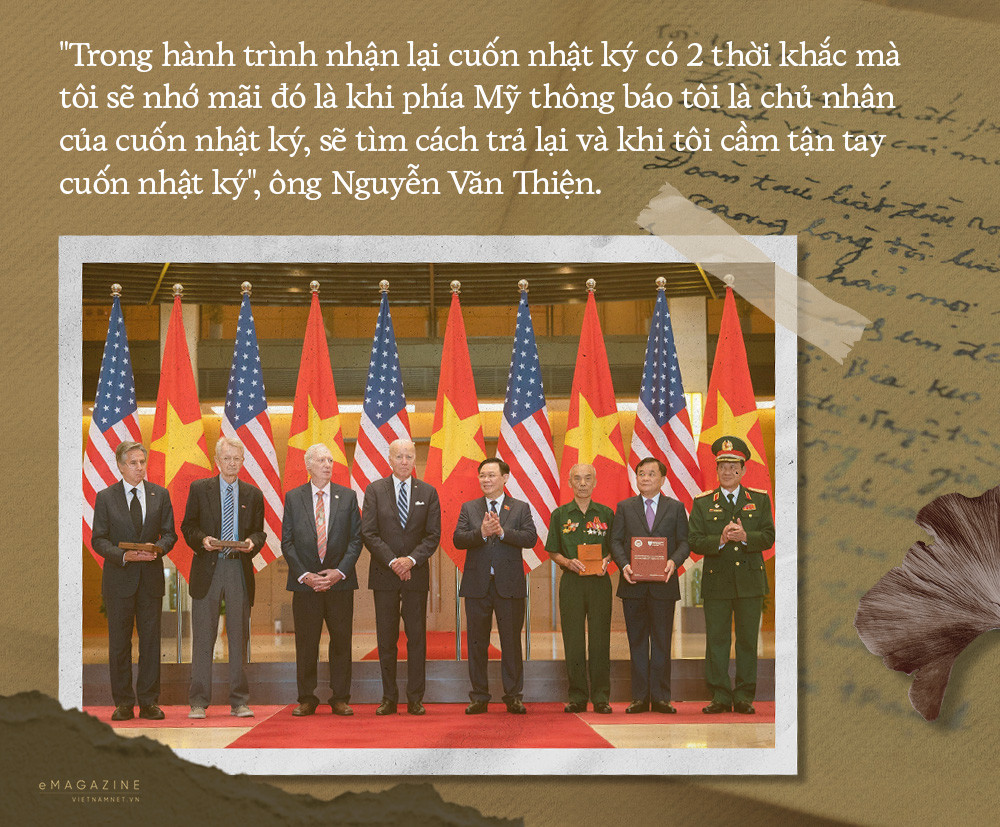
Veteran Nguyen Van Thien clearly remembers the confidences of his American veteran “friend” on the afternoon of September 11: “More than 50 years ago, you and I were on two different fronts, and we didn’t know how many times we met on the battlefield. But now that peace has been restored, we have returned to Vietnam as friends. May I hug you?” In the main hall of the Vietnamese National Assembly, two old veterans from two countries that were once enemies hugged each other like old friends who had met after a long time. An American journalist who saw this scene quickly ran up to ask veteran Nguyen Van Thien: “Vietnam and the US are now friends, so what do you understand by ‘friend’?”. Mr. Thien slowly replied: “In Vietnamese, the word ‘friend’ has many different meanings – companion, life partner, friend.” The American journalist asked again: “In your opinion, what kind of friend is the current relationship between the US and Vietnam?” Mr. Thien replied: "I see that America and Vietnam are now friends and companions, but not friends who meet on the street, but two countries walking together on a path to close the past and move towards the future."
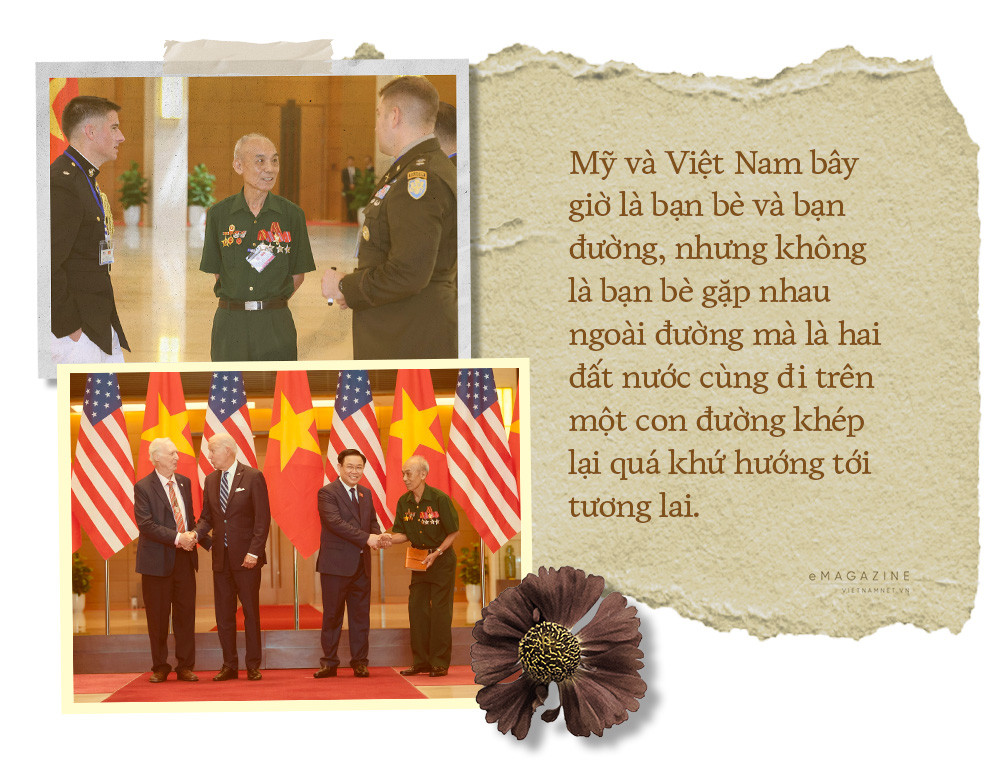
The article uses some materials from the diary of veteran Nguyen Van Thien and materials from a research group at Harvard University (USA).
Design: Hong Anh
Photo: Pham Hai, Dat Dat
Vietnamnet.vn



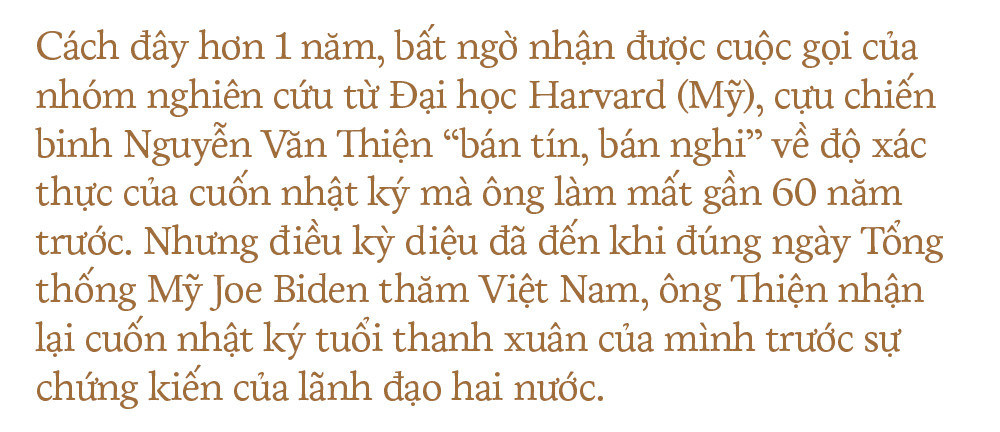






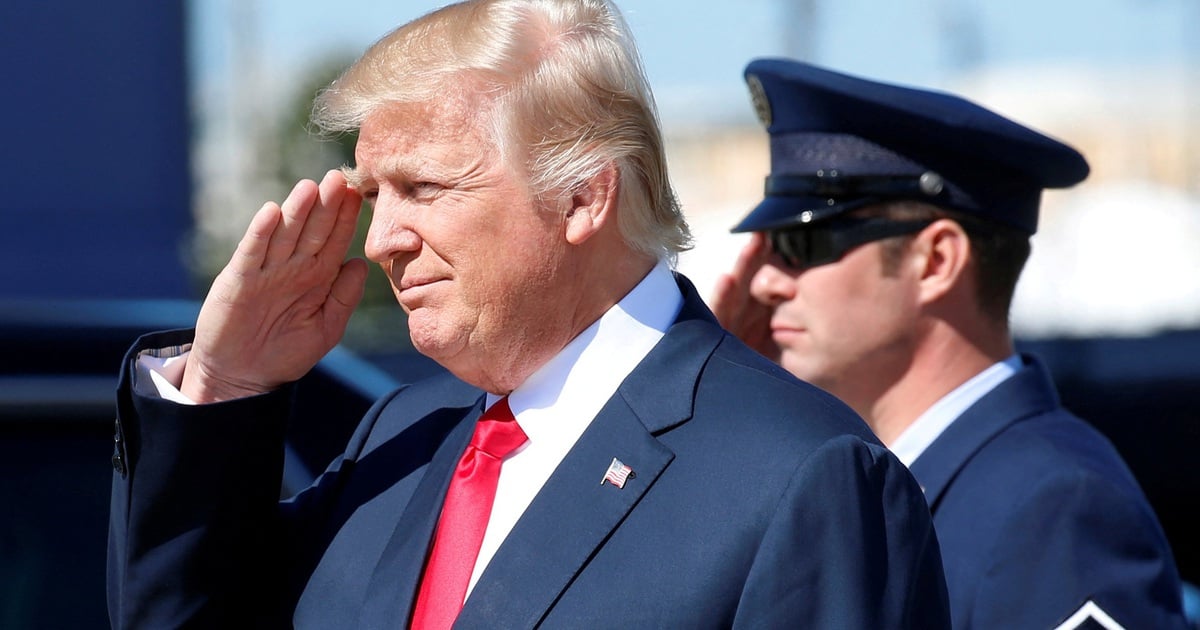

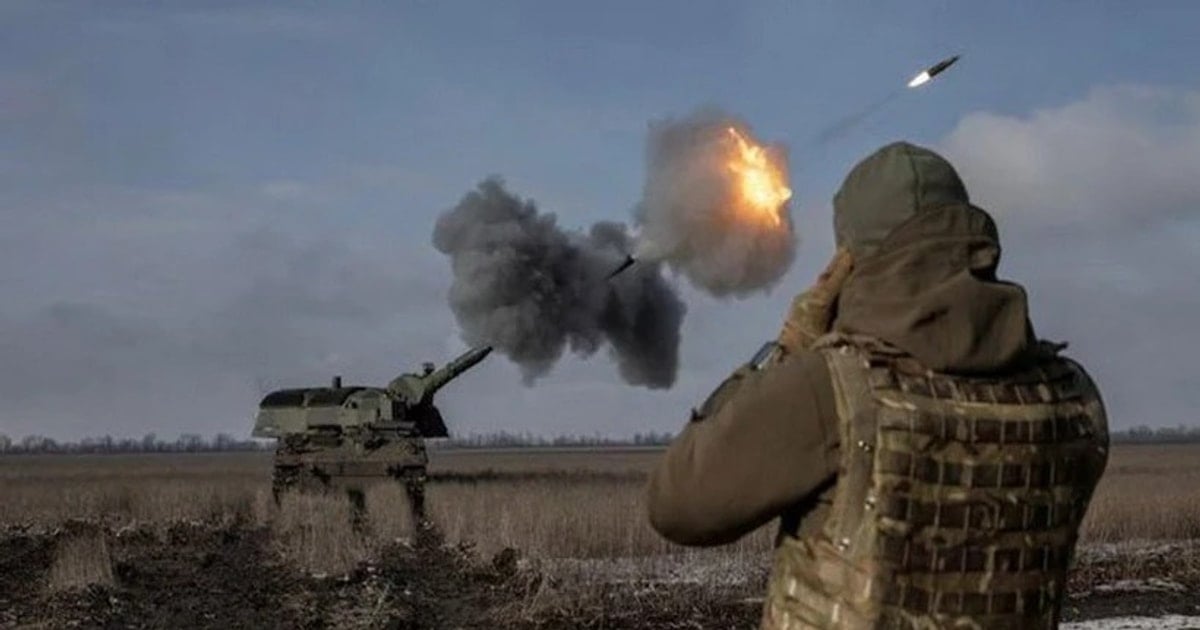


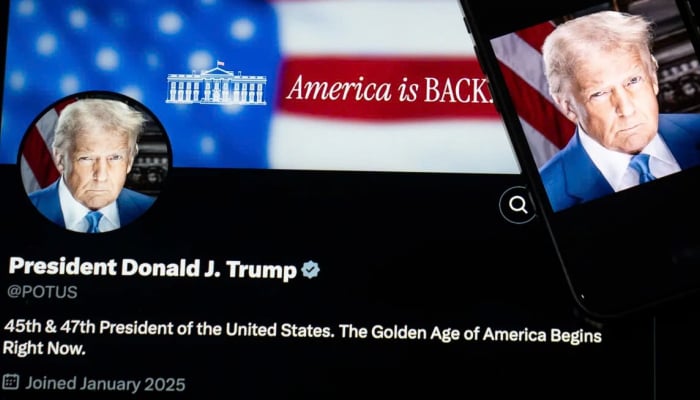

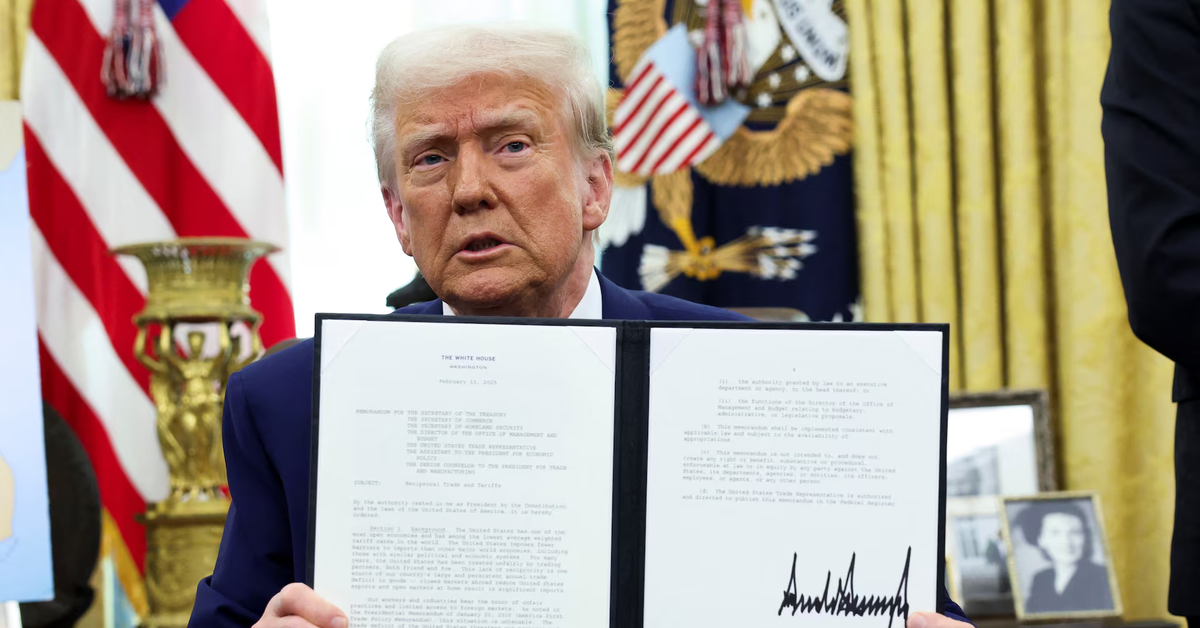

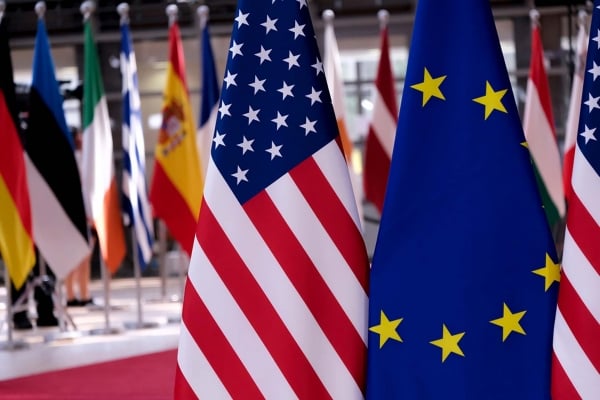

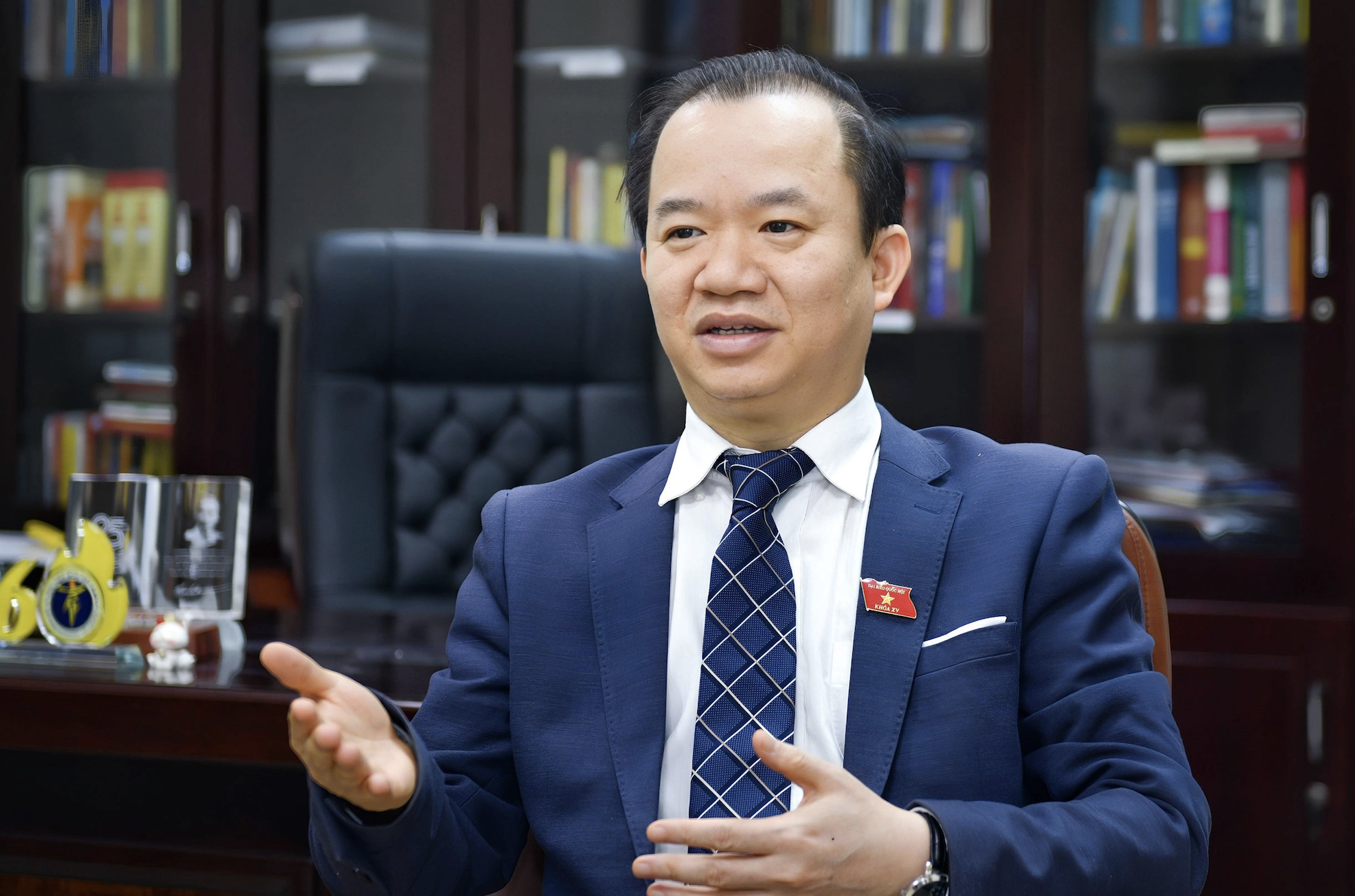


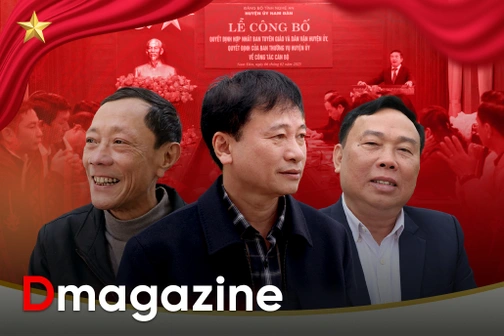








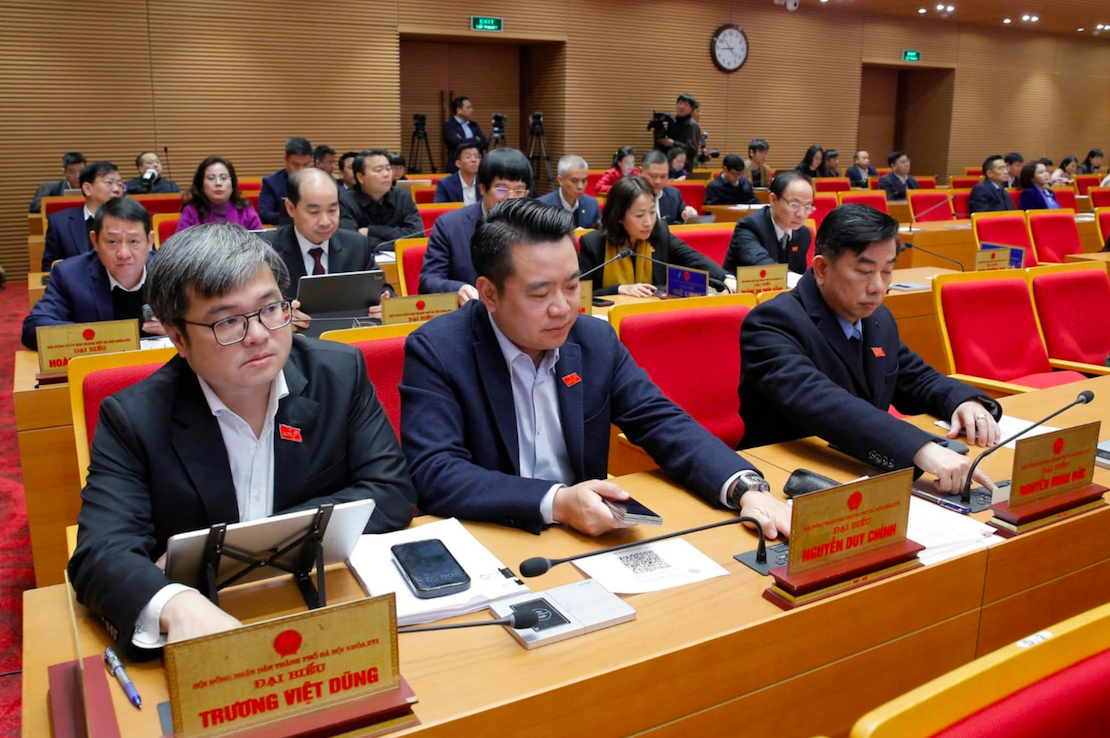
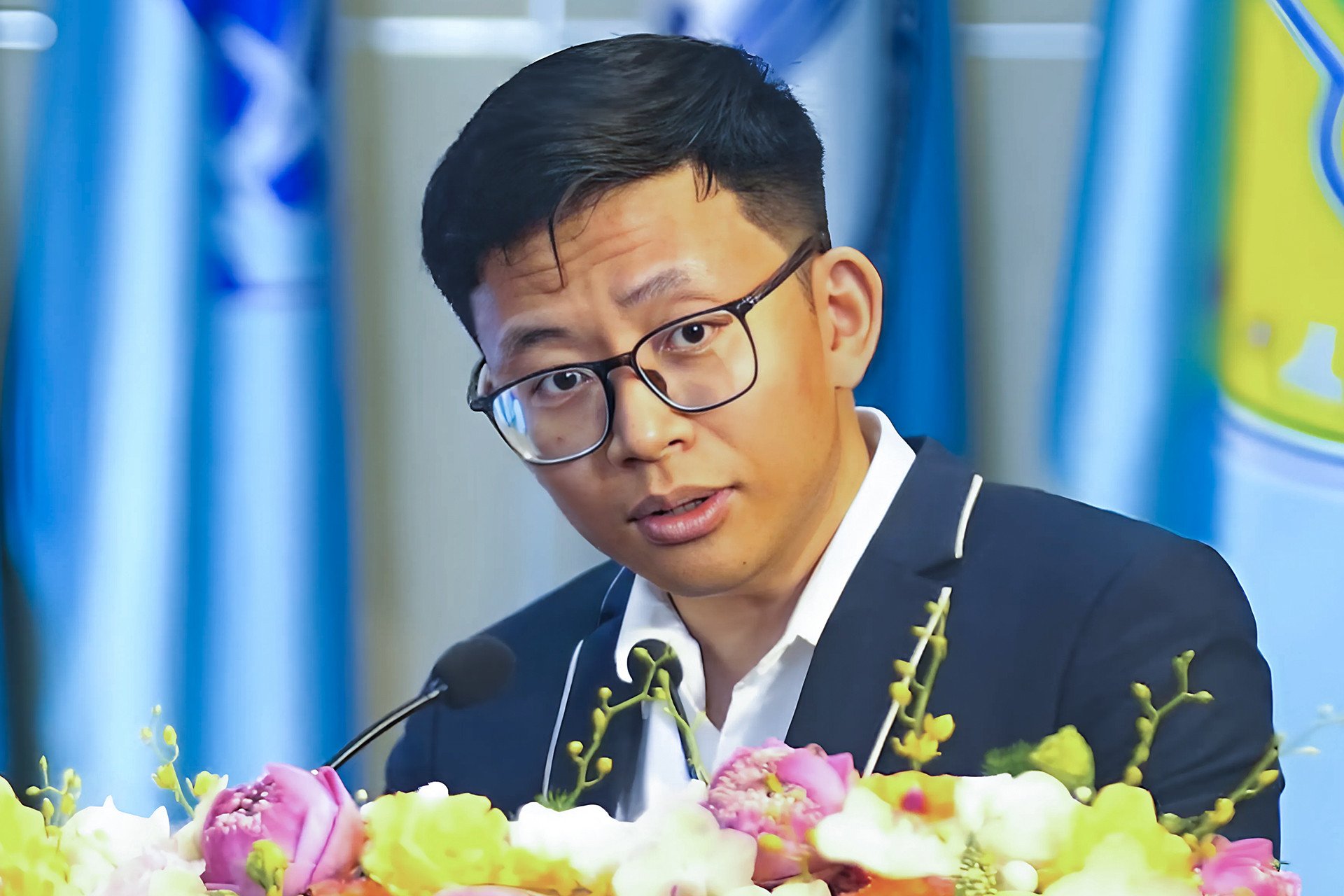

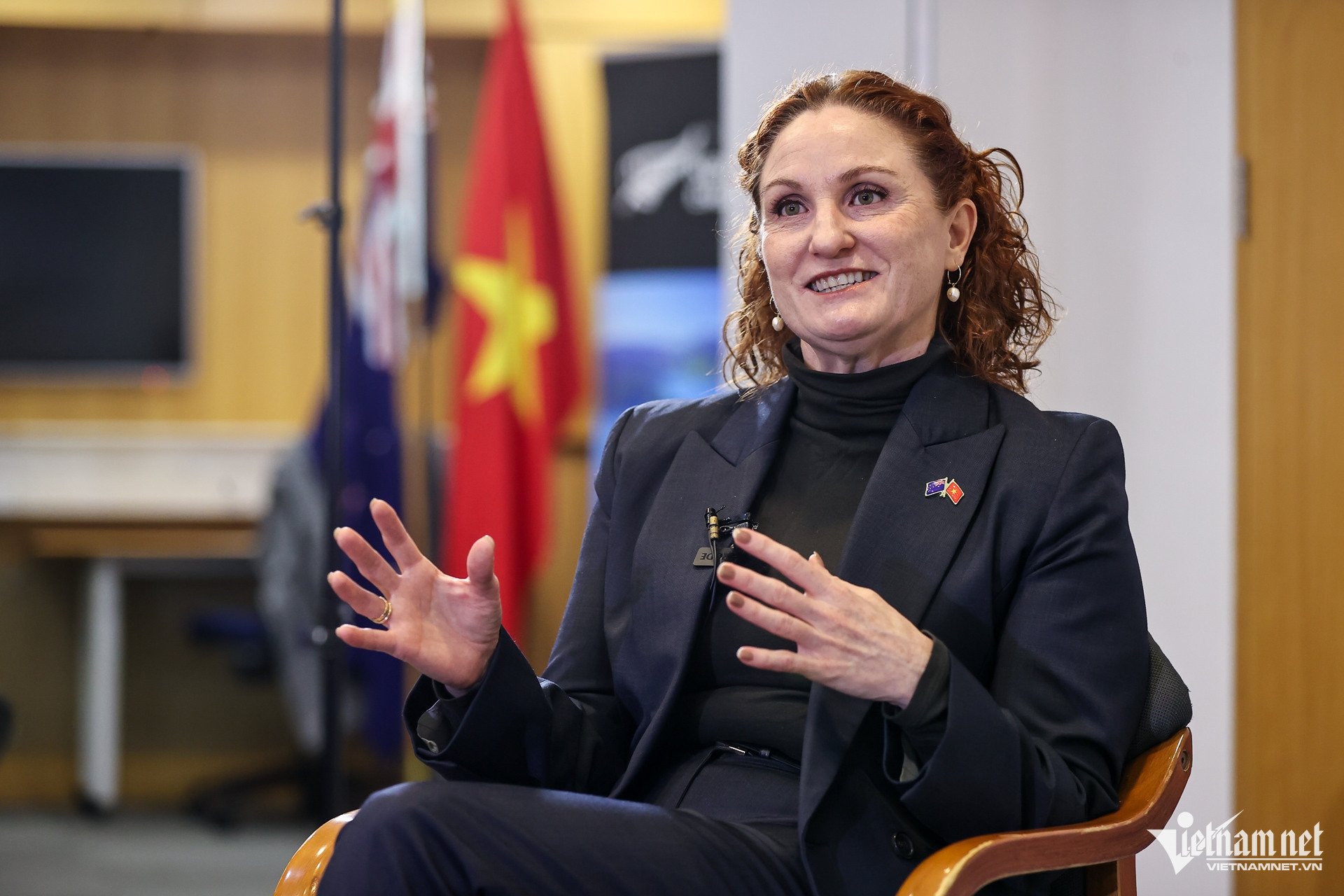








![[Photo] Prime Minister Pham Minh Chinh chairs Government Conference with localities on economic growth](https://vstatic.vietnam.vn/vietnam/resource/IMAGE/2025/2/21/f34583484f2643a2a2b72168a0d64baa)









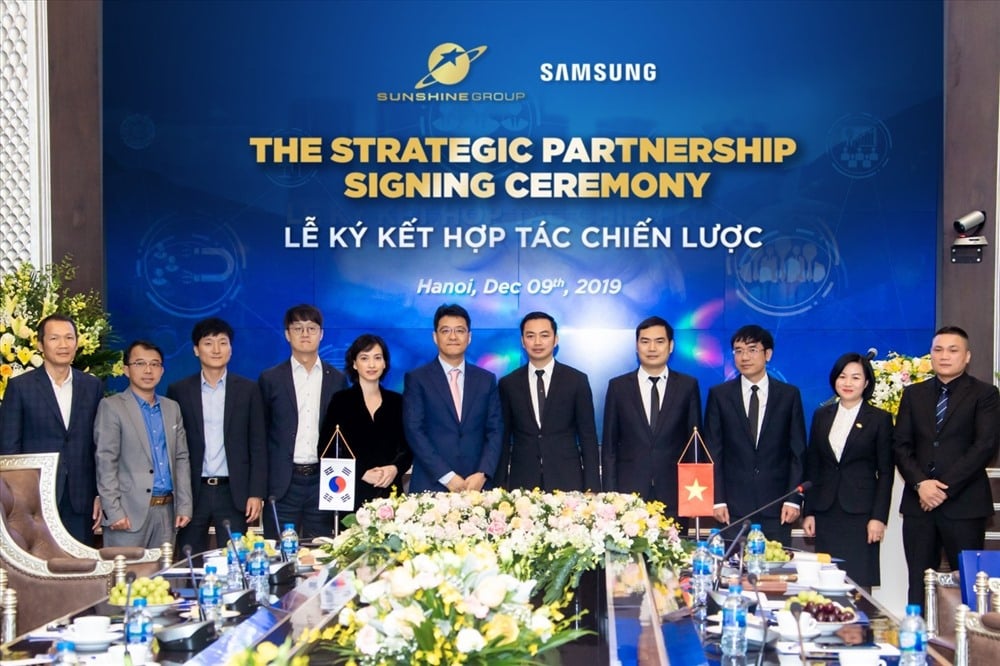




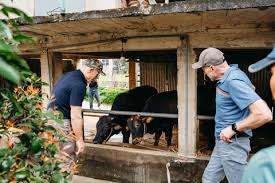







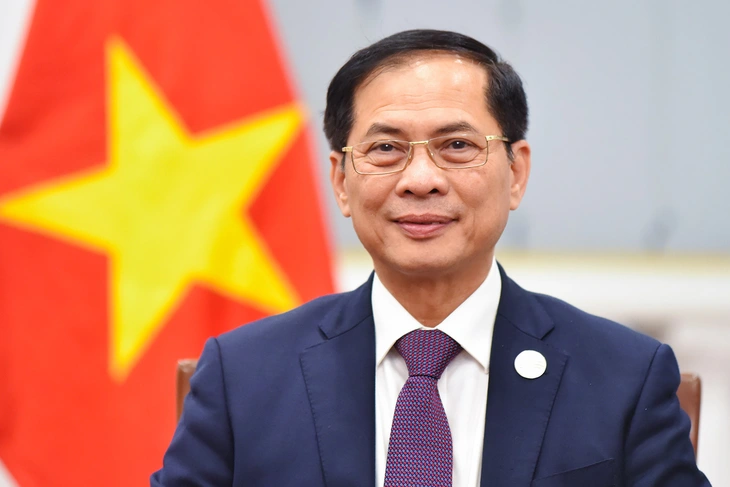
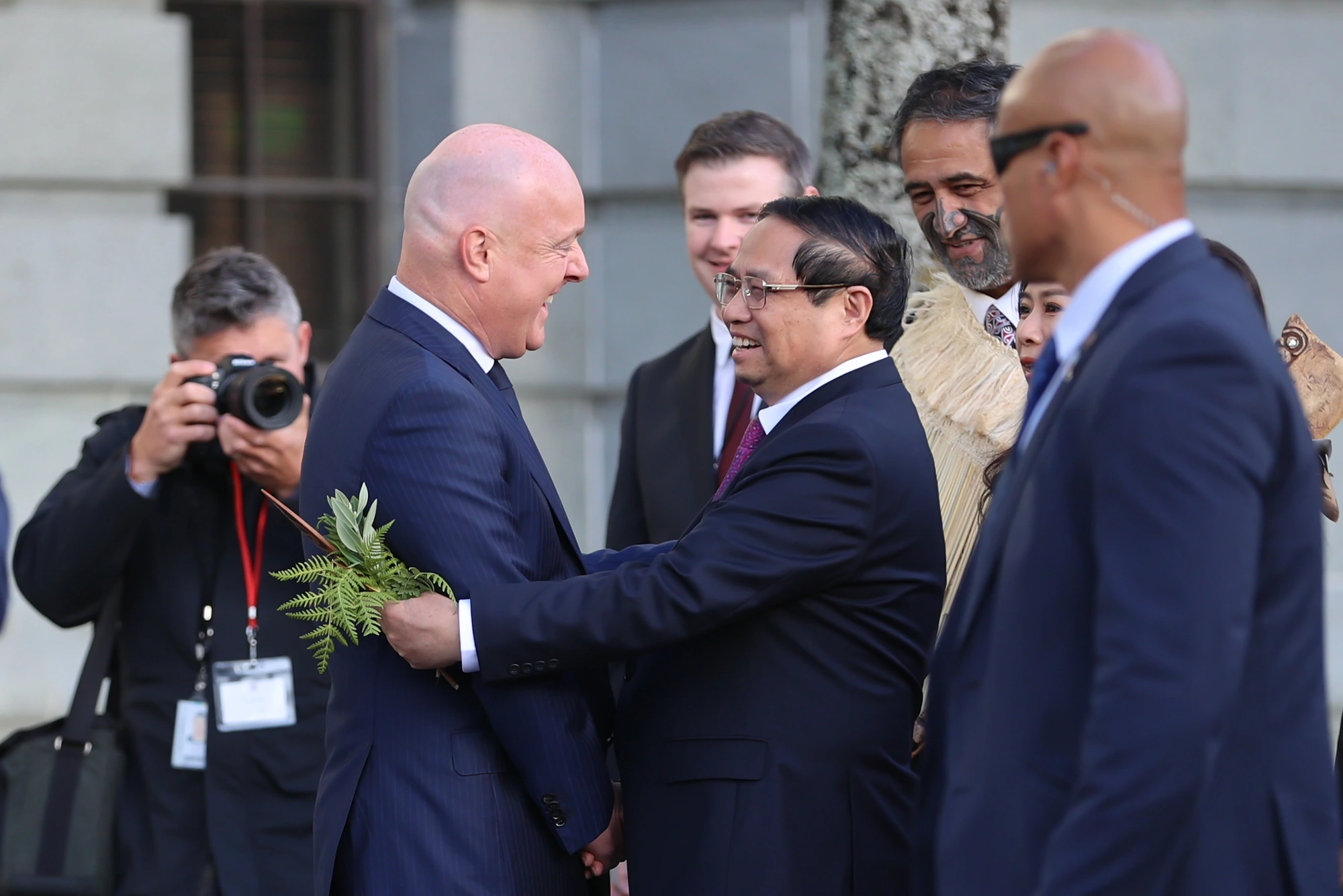



























Comment (0)